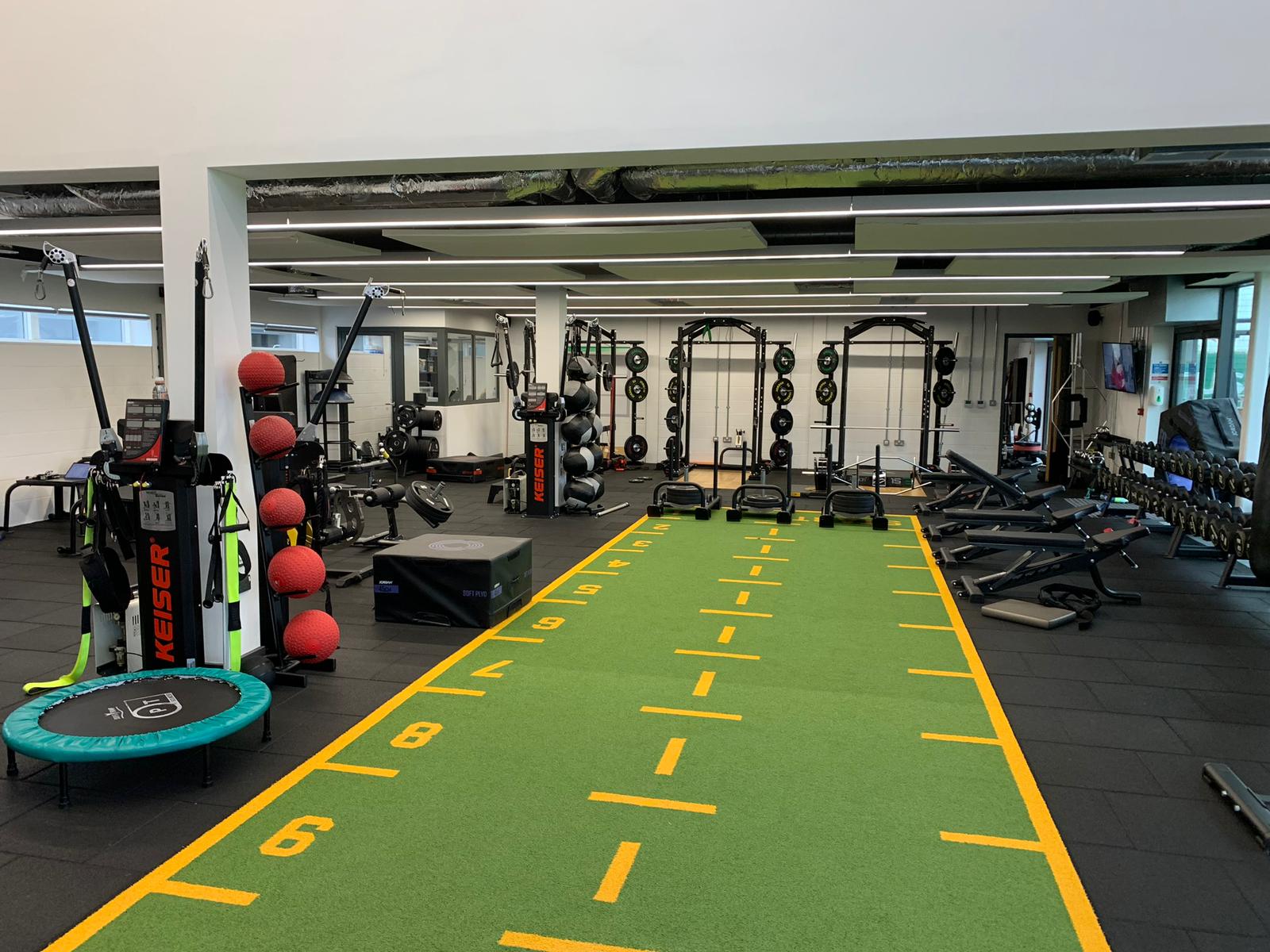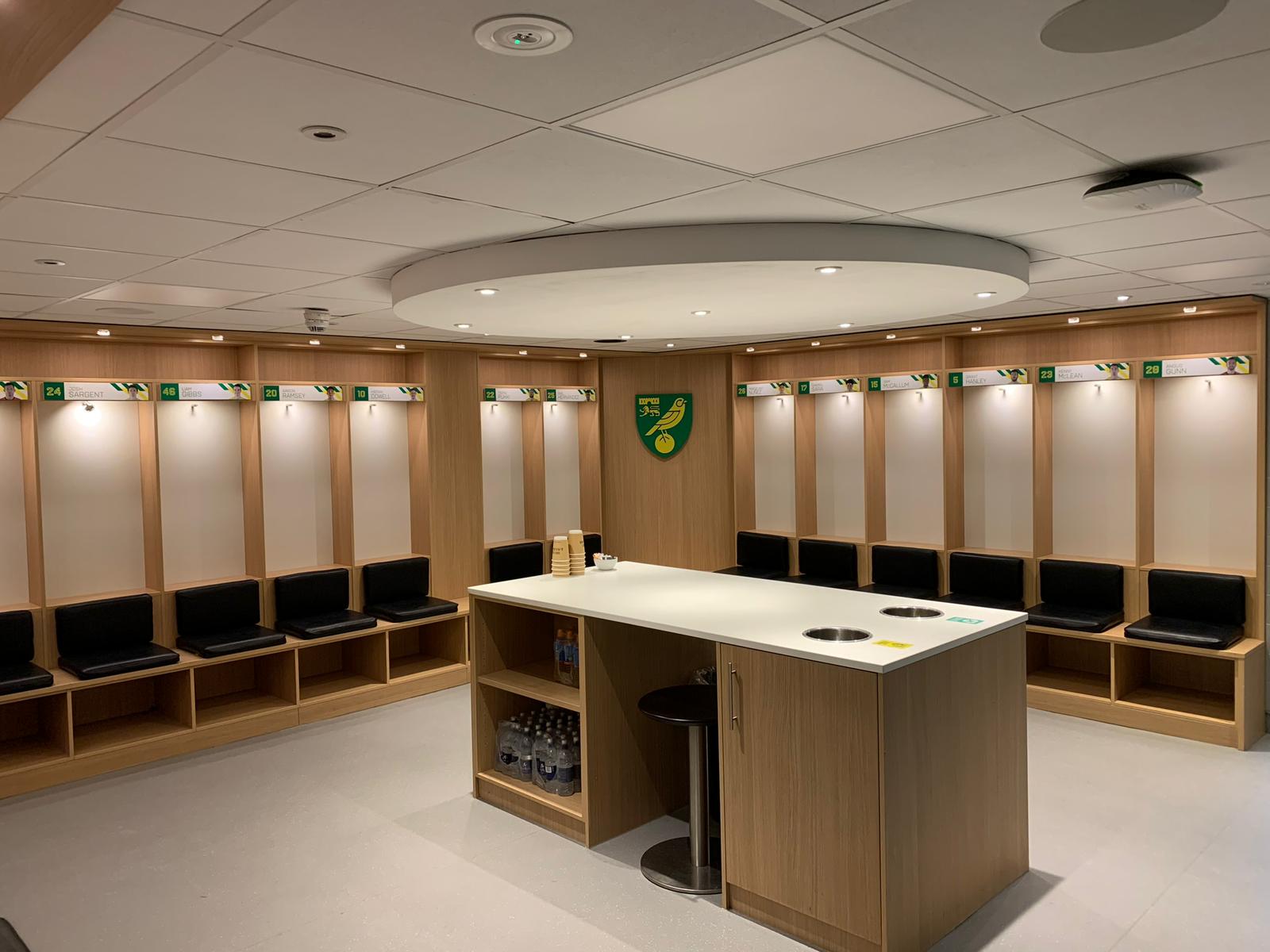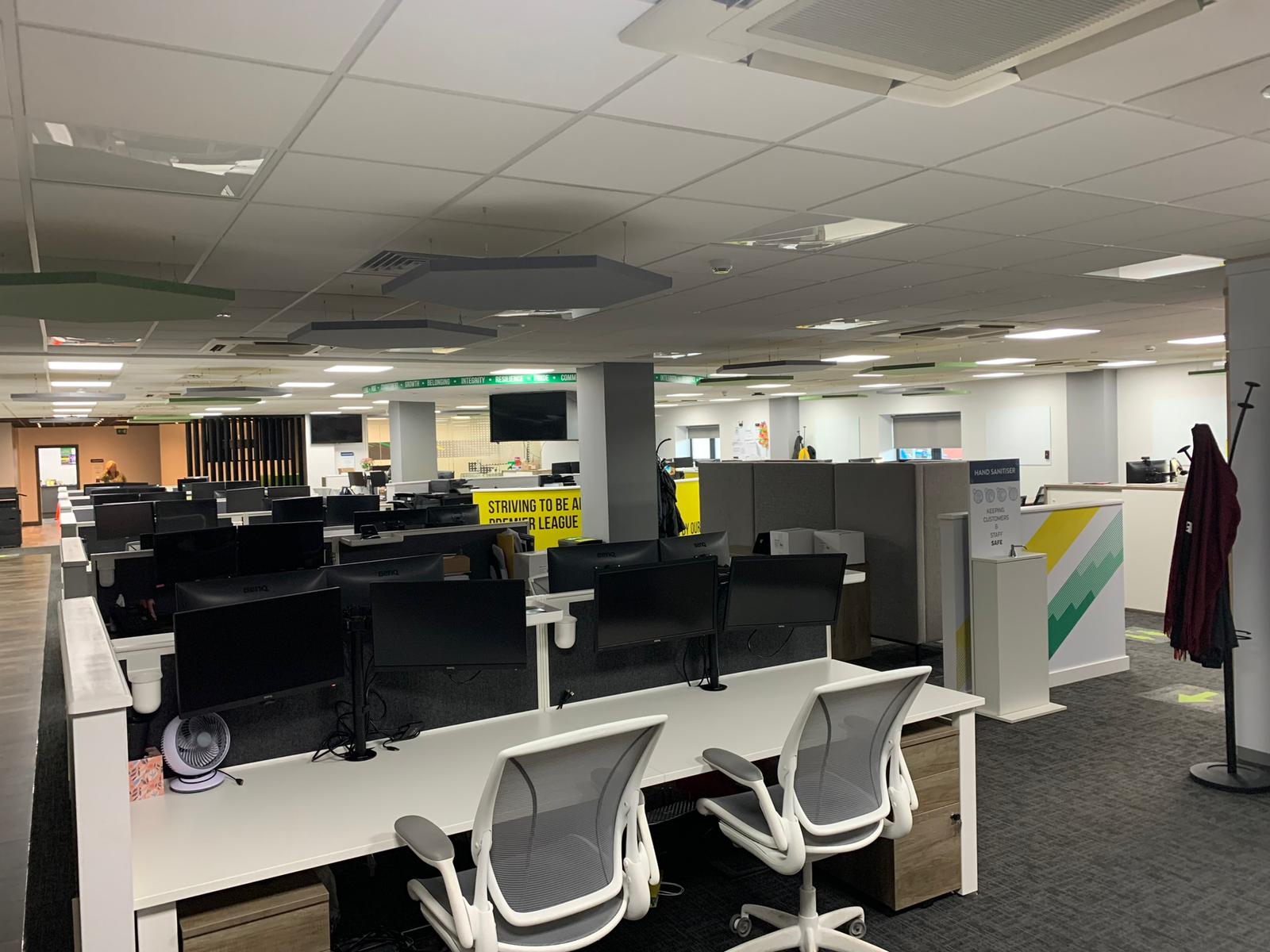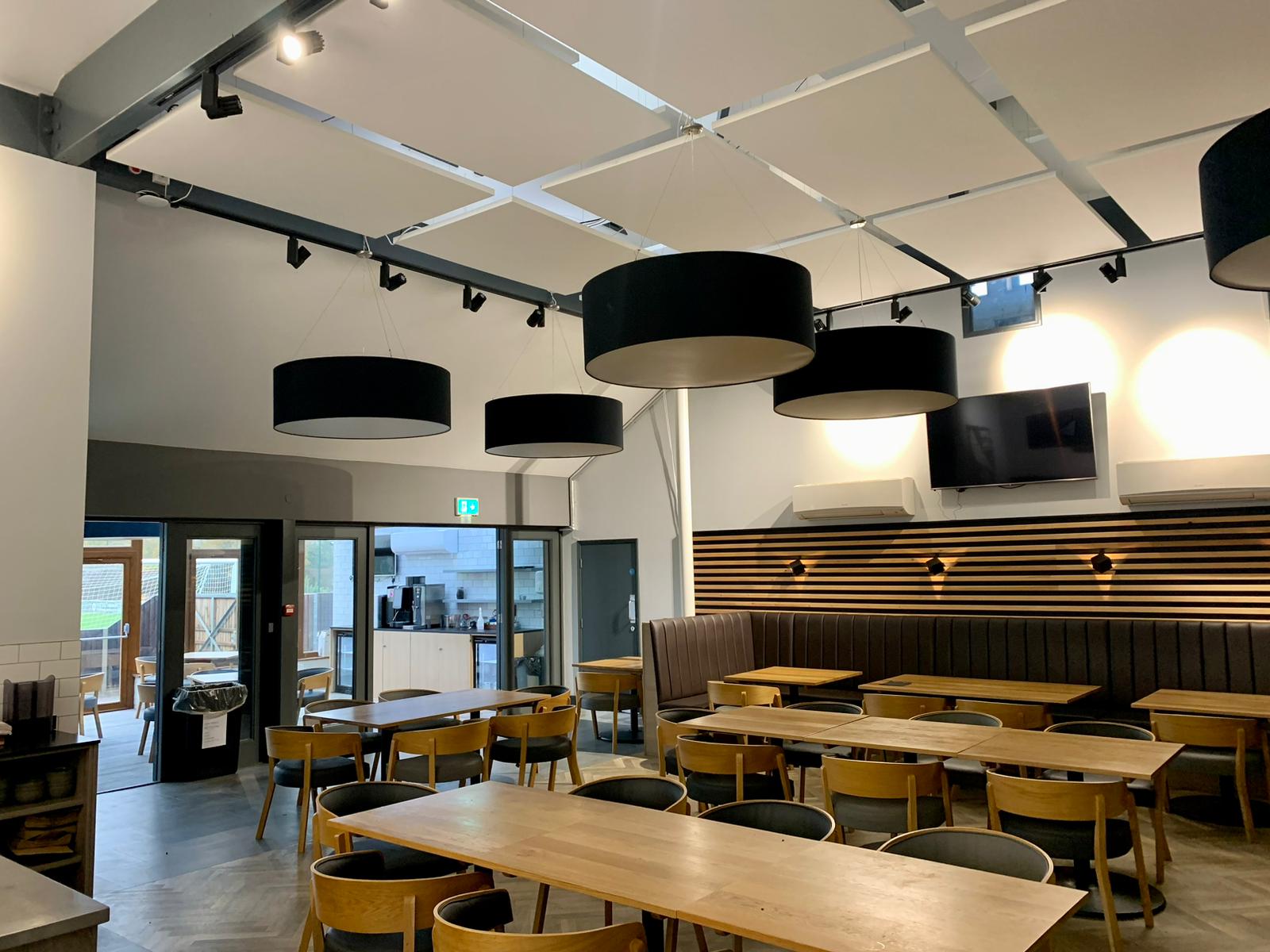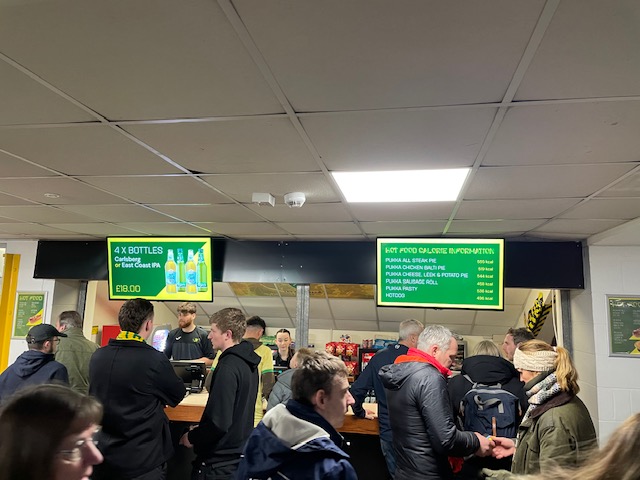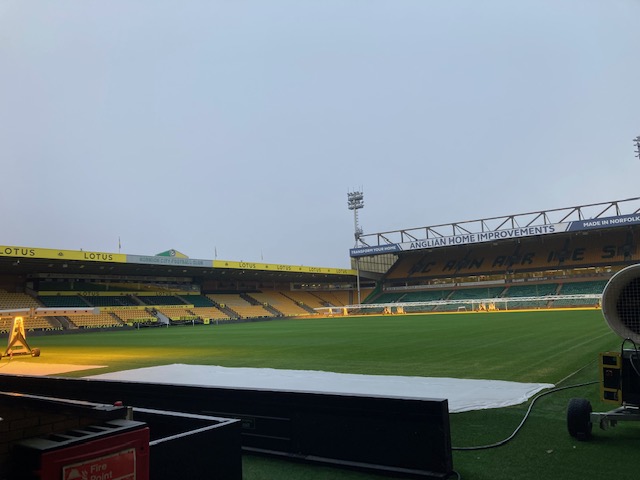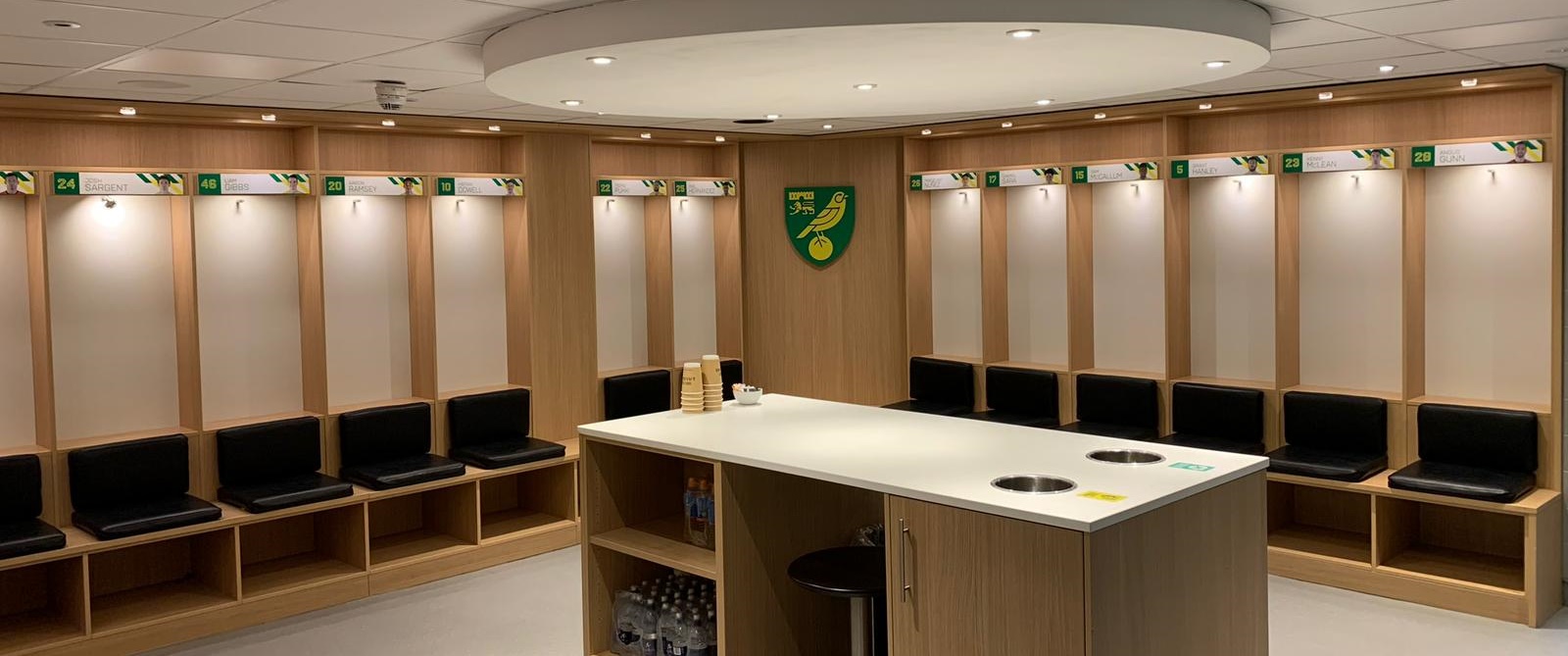
Norwich City FC Stadium – Energy Management Audit
We bring to you some revolutionary data, from ATSL (Alpha Touch Smart Living), in the area of large scale energy management – precisely the energy management of a football stadium. The ATSL team conducted an energy audit for Norwich City FC to uncover how and where Loxone automation would save them energy, and ultimately money, by reducing their usage. With this project starting a snowball effect for thought leaders in the industry, due to the big energy savings being recorded and fast ROI’s.
%
Possible energy saving
Potential annual energy saving
The idea:
Lee and Dan from ATSL are Directors within another construction based business and were talking to Norwich City F.C. about purchasing a hospitality box. Through this they were talking to a corporate associate at Norwich and asked if they could install Loxone, which would allow them to also pitch Alpha Touch Smart Living to clients they invited to the box.
This request quickly worked its way through the Norwich hierarchy and resulted in the ATSL team having a meeting with the Head of Projects at Carrow Road (Norwich City’s stadium).
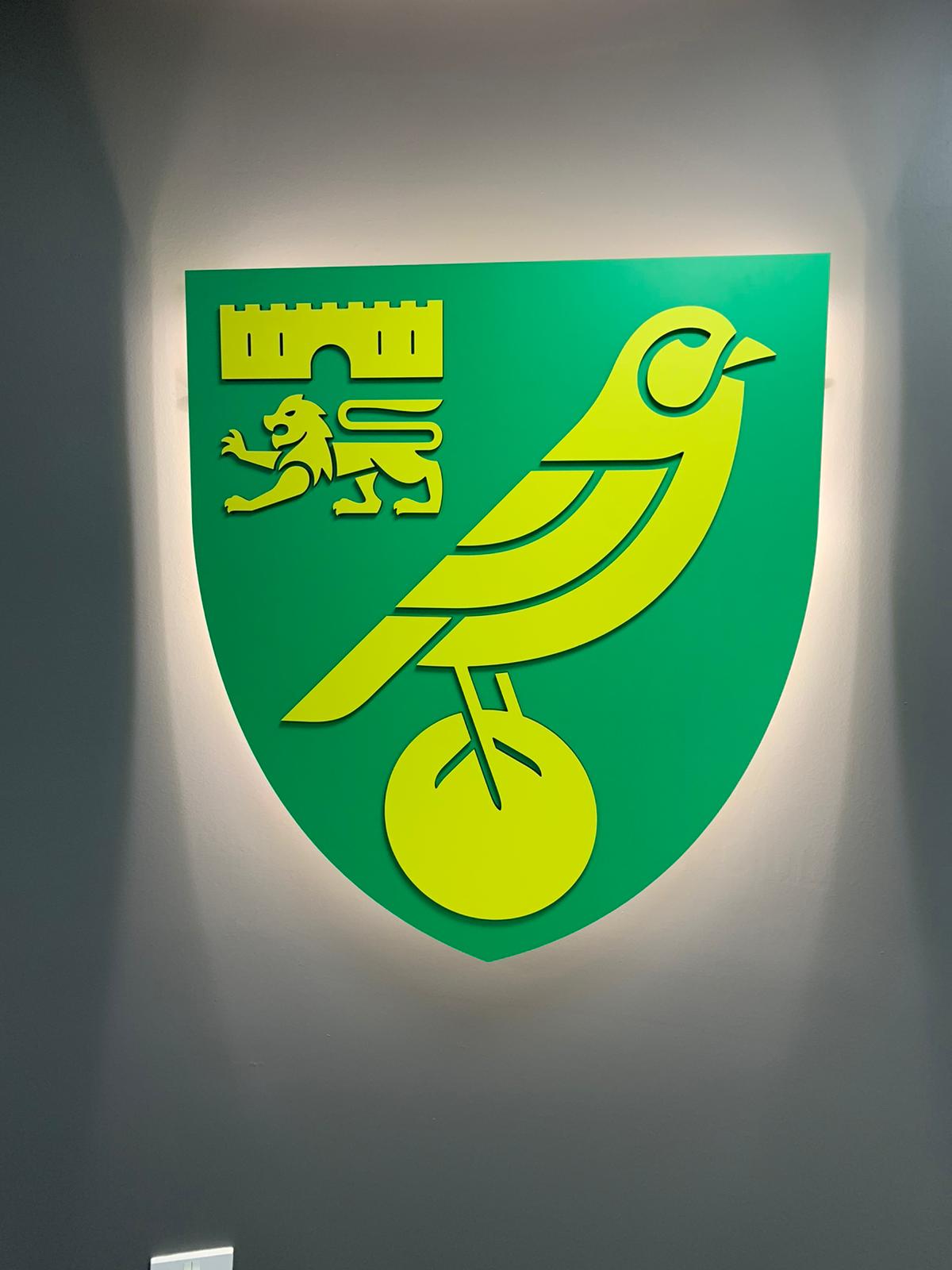
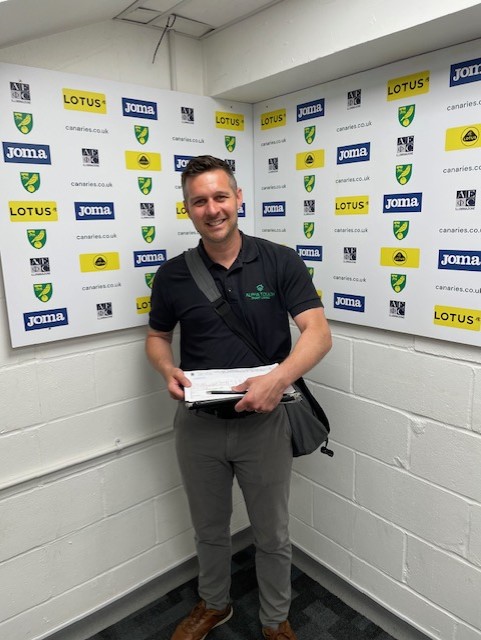
The planning:
ATSL presented to the Norwich hierarchy about installing Loxone in their box and potentially in the stadium – with a focus on energy saving and energy management, which is obviously incredibly important for business, especially in the current climate. The club provided positive feedback, stating that it would be of great interest to them and that they would like to progress discussions.
So the ATSL team did a discovery walk around Norwich City’s facilities to come up with a Loxone energy audit and install proposal for the club in 2022. A lot of this proposal was based on drawings of the facilities. Subsequently, the ATSL team sat for a long time to calculate and draw up the system in order to come up with three different proposals for the club to get Loxone installed throughout the stadium, offices and training ground.
From here, Norwich City FC took the decision to pause the project as they did not have the funds within that year’s budget. So talks were restarted again at the end of 2022.
The energy audit
ATSL carried out the energy audit by installing energy boxes (as seen in the photo to the right) into the stadium and training ground to monitor energy pre and post automation using Loxone devices. To allow for a accurate before and after energy comparison, to clearly highlight the energy savings with Loxone.
The energy boxes explained:
With the tasked proposal and work, the ATSL team had the idea to create easily installable, portable boxes to show what the Loxone system can do. As seeing is believing, and by installing these energy boxes, it meant that the football club received real-time data before and after Loxone being installed for energy management. Below outlines the hardware in the energy boxes:
– Miniserver
– Dimmer Extension x 2
– Click on out light gregs that can plug into a 13a power supply and plug into a power source via a socket
– Shelly meter in each area monitoring usage before and after config
The energy audit was conducted by having an energy box in each area. By needing to keep knowledge of the boxes limited, and making sure they were installed in a way that wouldn’t disrupt day to day operations, the automation was limited to what it could achieve/measure vs what could actually be installed for optimum energy savings. Meaning that the energy savings were conservative and in reality would be higher.
The energy boxes in the training ground were placed in the eating hall canteen (measuring lighting, hot taps overnight, and TVs), the first-team changing room, and the first-team gym (measuring lighting, gym equipment, TV).
The energy boxes in the Stadium, across the 2 to 3 floors, were used in one of the food kiosks (measuring the drinks fridge for example). The data from that one kiosk was then multiplied across the 50 kiosks in the stadium. Additionally, monitoring was set up in the bars, offices (lighting and drinks fridge), and first-team changing room (heating and lighting).
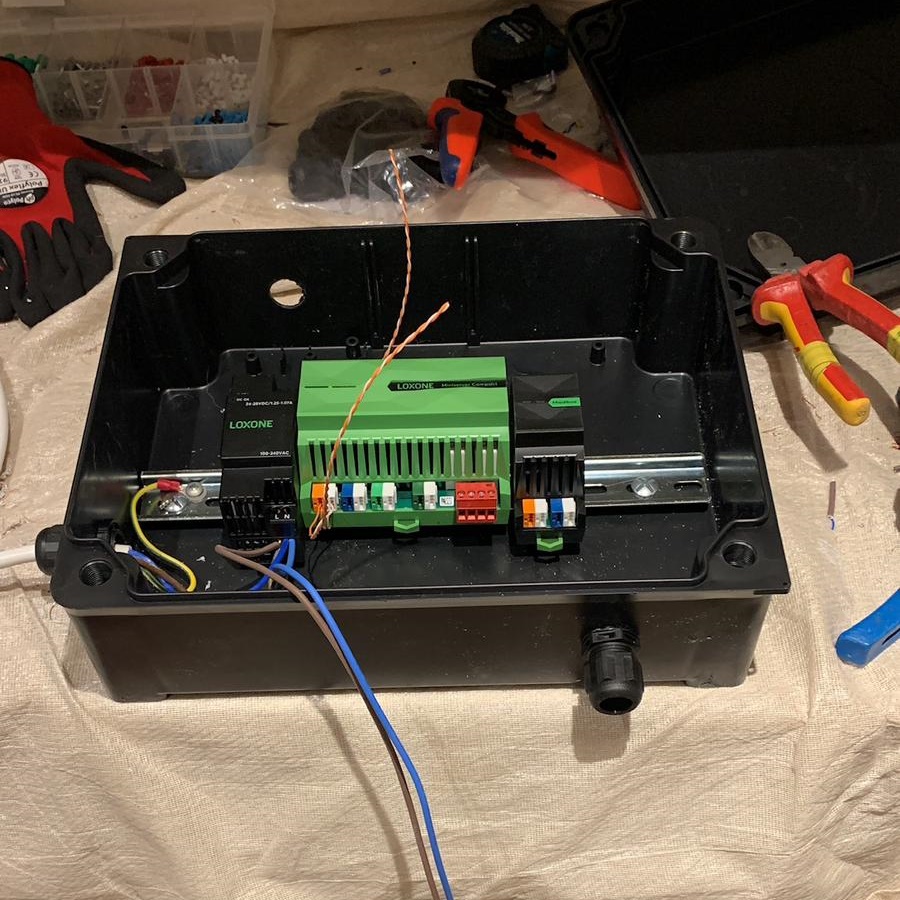
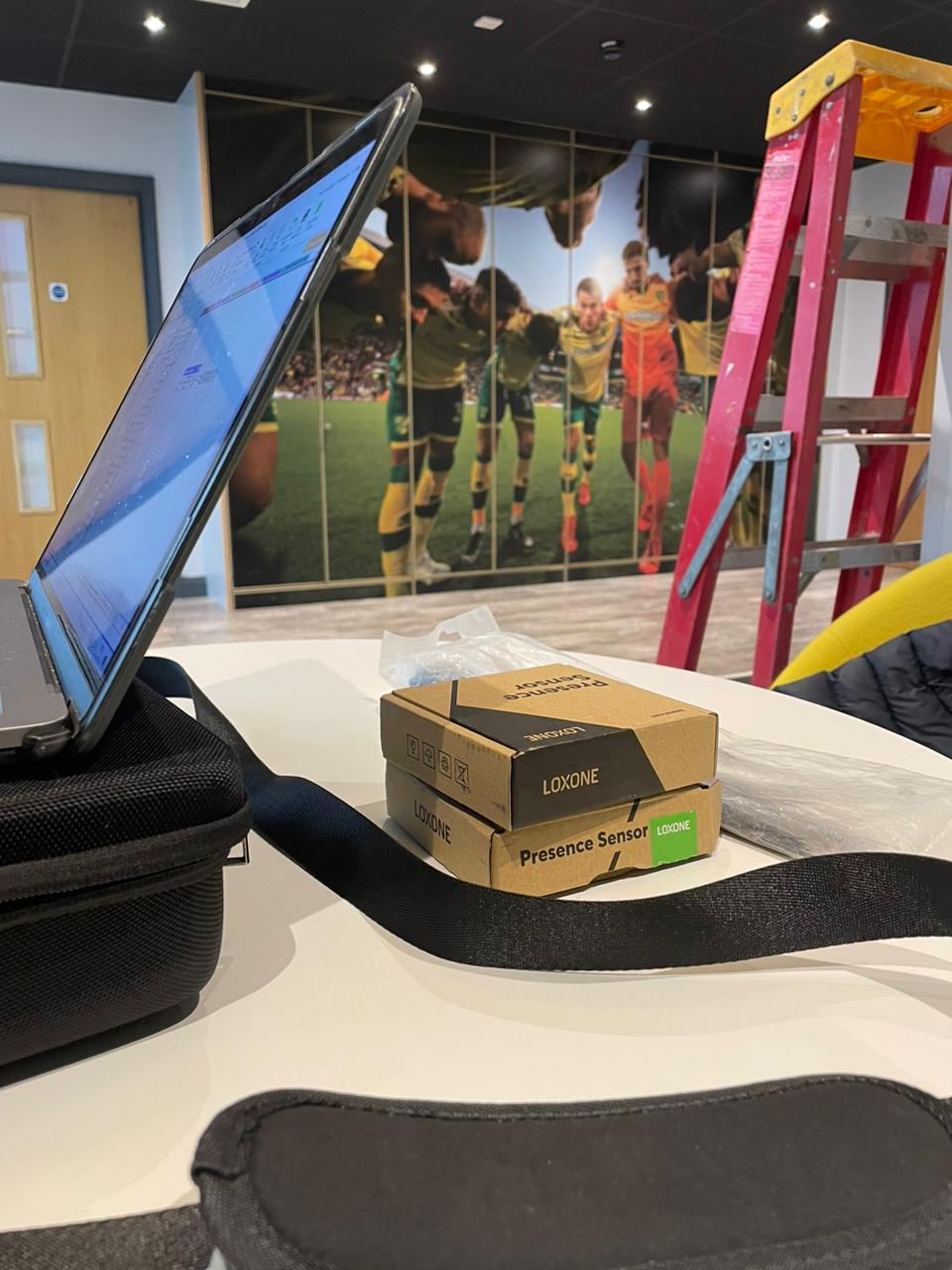
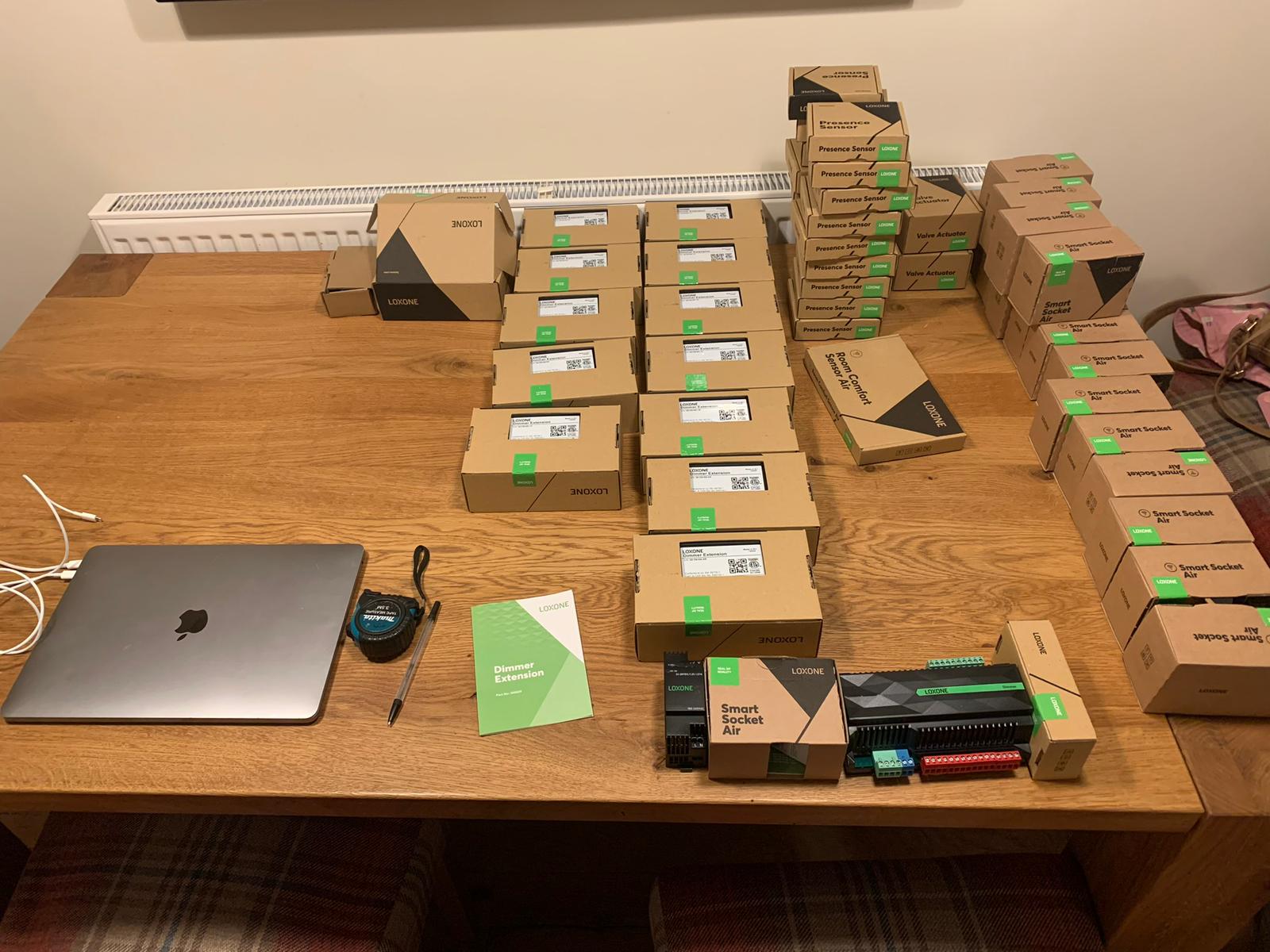
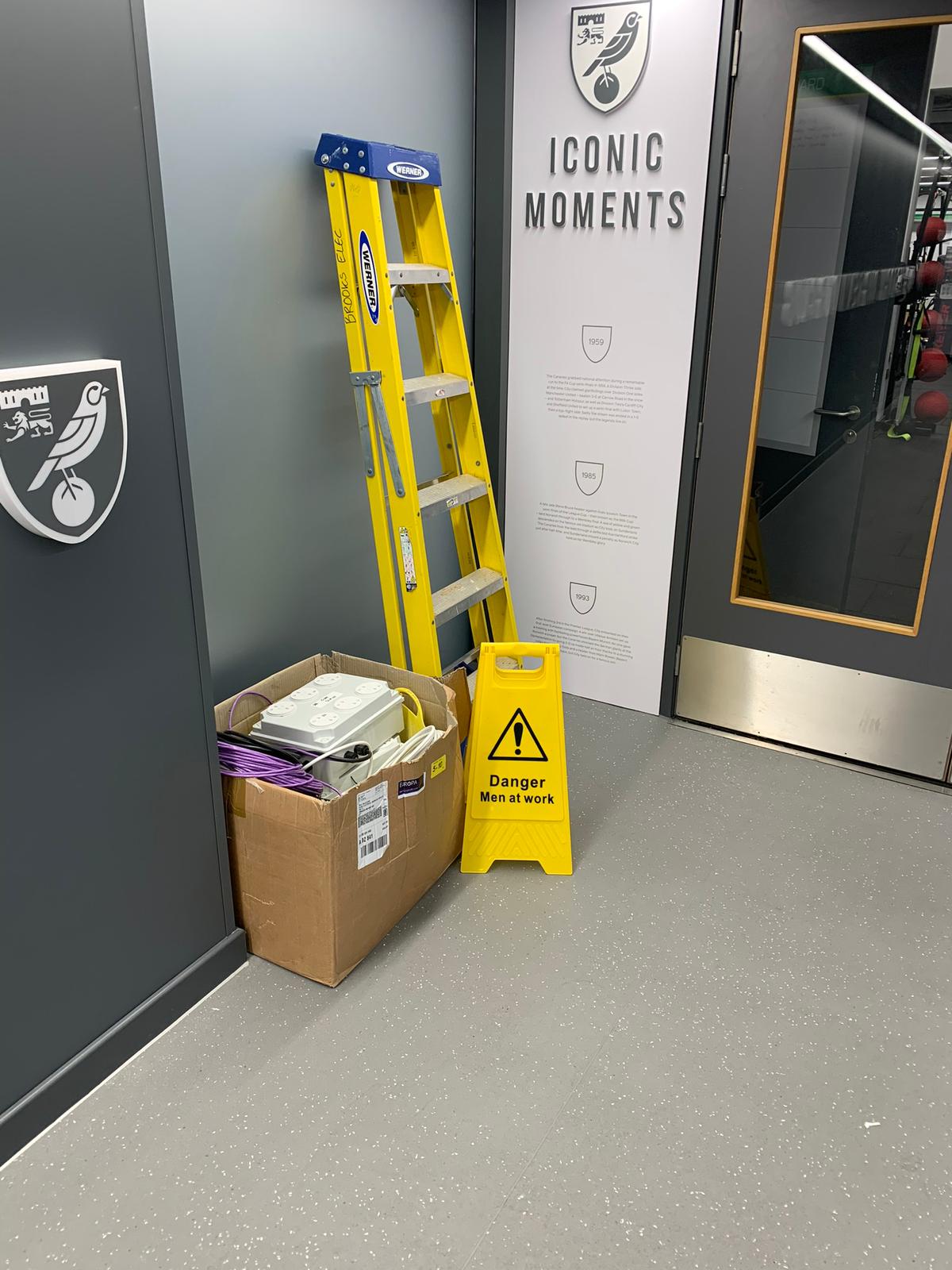
For the energy audit config side, ATSL used third-party energy meters connected to WiFi as an affordable option for what was a temporary/trial installation. Loxone could then monitor these and do all the necessary calculations. The energy audit was split up into 6 areas (with some energy boxes working together to gather the statistics). The energy audit was not only great for comparing the before and after Loxone implementation but was also extremely beneficial for recording the on-peak and off-peak usage. This alone really highlighted some low-hanging fruit in terms of energy saving, as it showed the possible savings when the stadium wasn’t being used.
From the energy audit work, the findings were then presented. ATSL highlighted the monitoring of day-to-day usage without any automation compared to 2 months of operation with Loxone automation for a direct comparison. Ultimately, this showcased the exceptional energy savings the Loxone install by ATSL achieved.
An example of the discoveries and energy savings that could be implemented was that the TV in the first team gym was left on constantly. Just this one TV costs £1.27 (1.8kw a day) to run. Multiplying that across the many TVs being left on throughout the stadium the figures very quickly add up!
The findings (research period Oct 22 to Feb 23)
Previously Norwich City FC was consuming 4727 MW a year. The ATSL energy audit and trial found that the energy consumption would drop to just over 2930 MW a year if Loxone was to be used for energy management. This saving smashed the annual sustainability and net zero report target figure that they were looking to achieve, nearly doubling it – with a potential saving of 38%. Plus, had the AC and heating also been included in the proposal, savings would have been even greater.
The proposal was broken down into three options for the club. They ranged from £700,000 to £2.4 million. Considering the existing operational costs for the stadium based on its energy usage, and depending on the package chosen, it would have provided an ROI of between 18 months and 3 years.
Unfortunately, Norwich City F.C. pulled out of installing the system due to financial constraints at the club. However, all is not lost as ATSL have revolutionary and eye-opening data in this sector that can be replicated across stadiums around the UK.
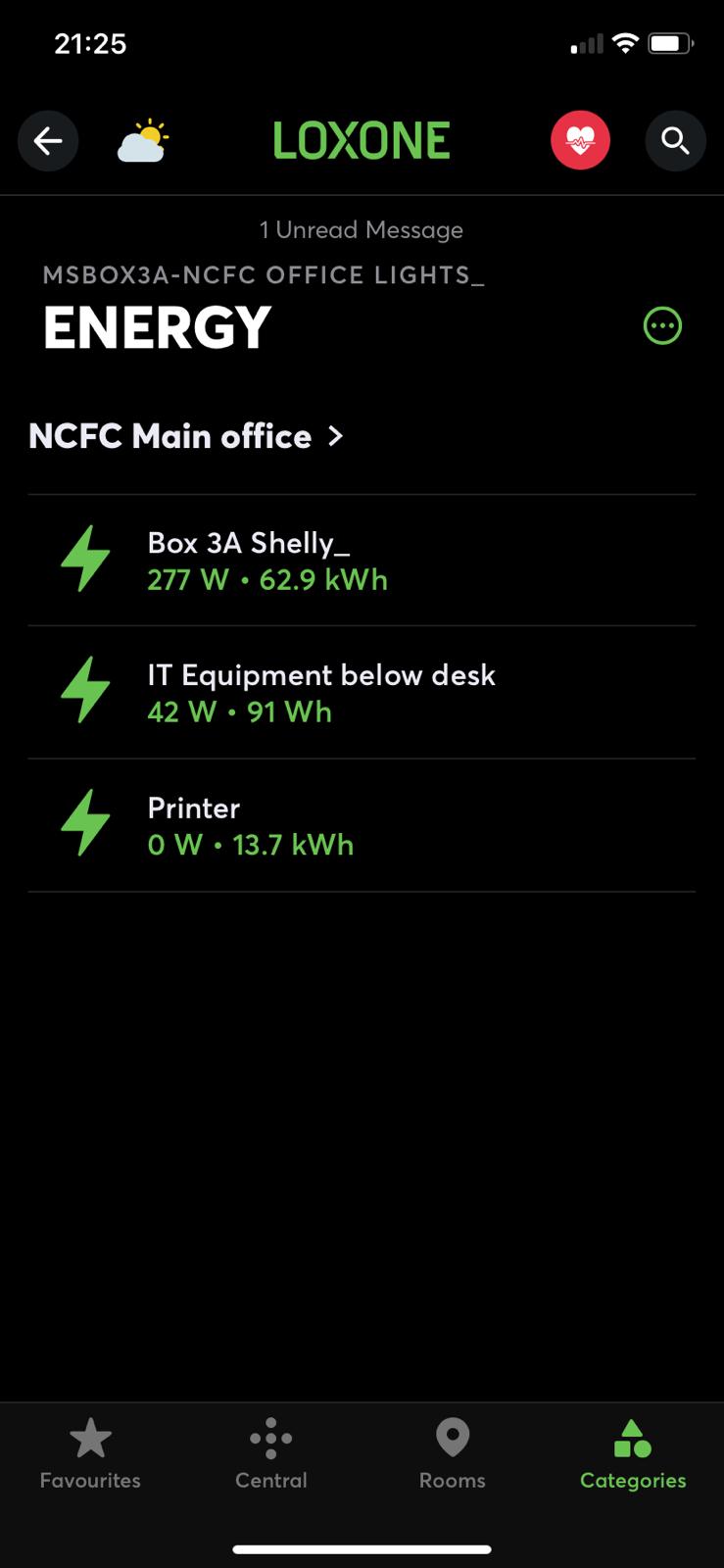
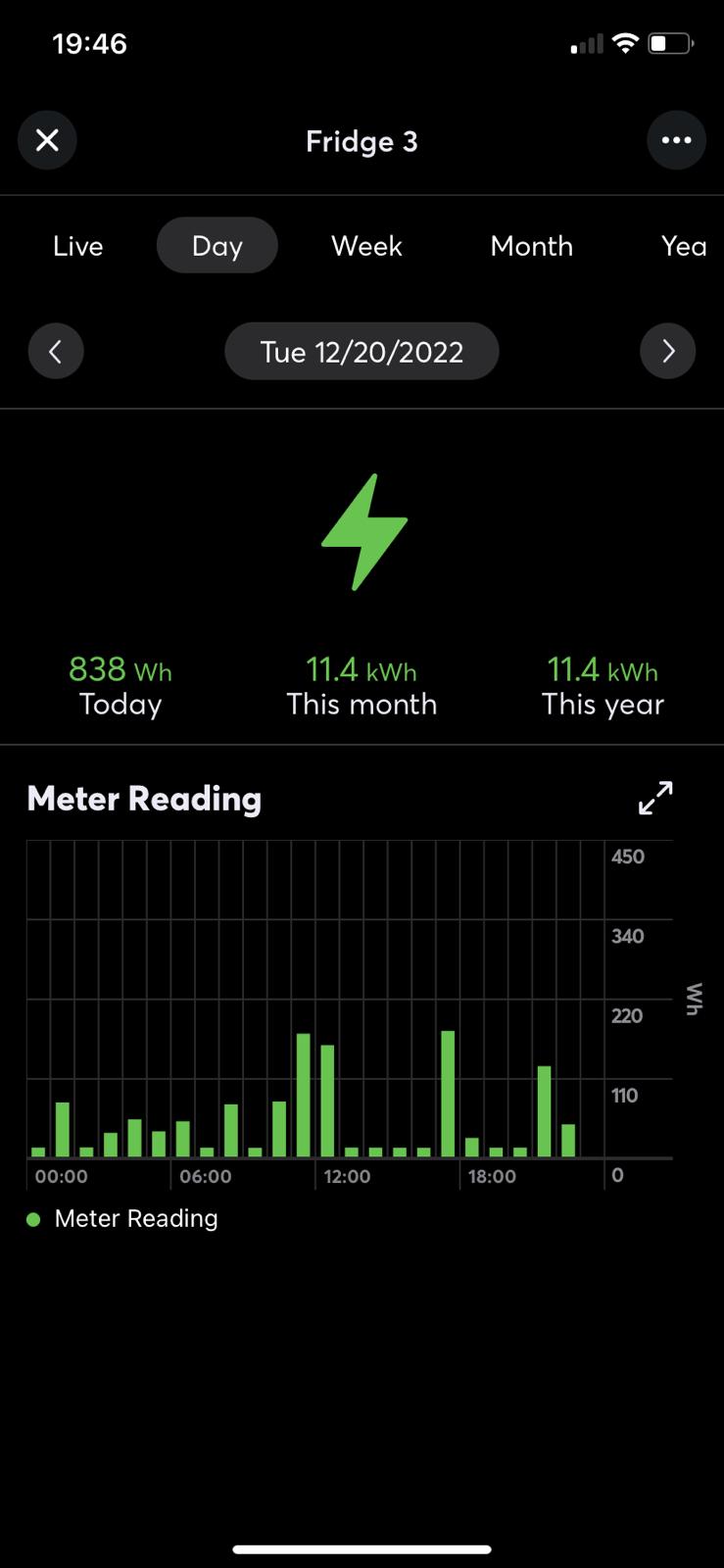
The numbers and findings
ATSL using Loxone to provide great energy and monetary savings!
%
Possible energy saving
Potential annual energy saving
Tonnes of CO2 saved
Operational cost saving
ATSL Introduction Brochure:
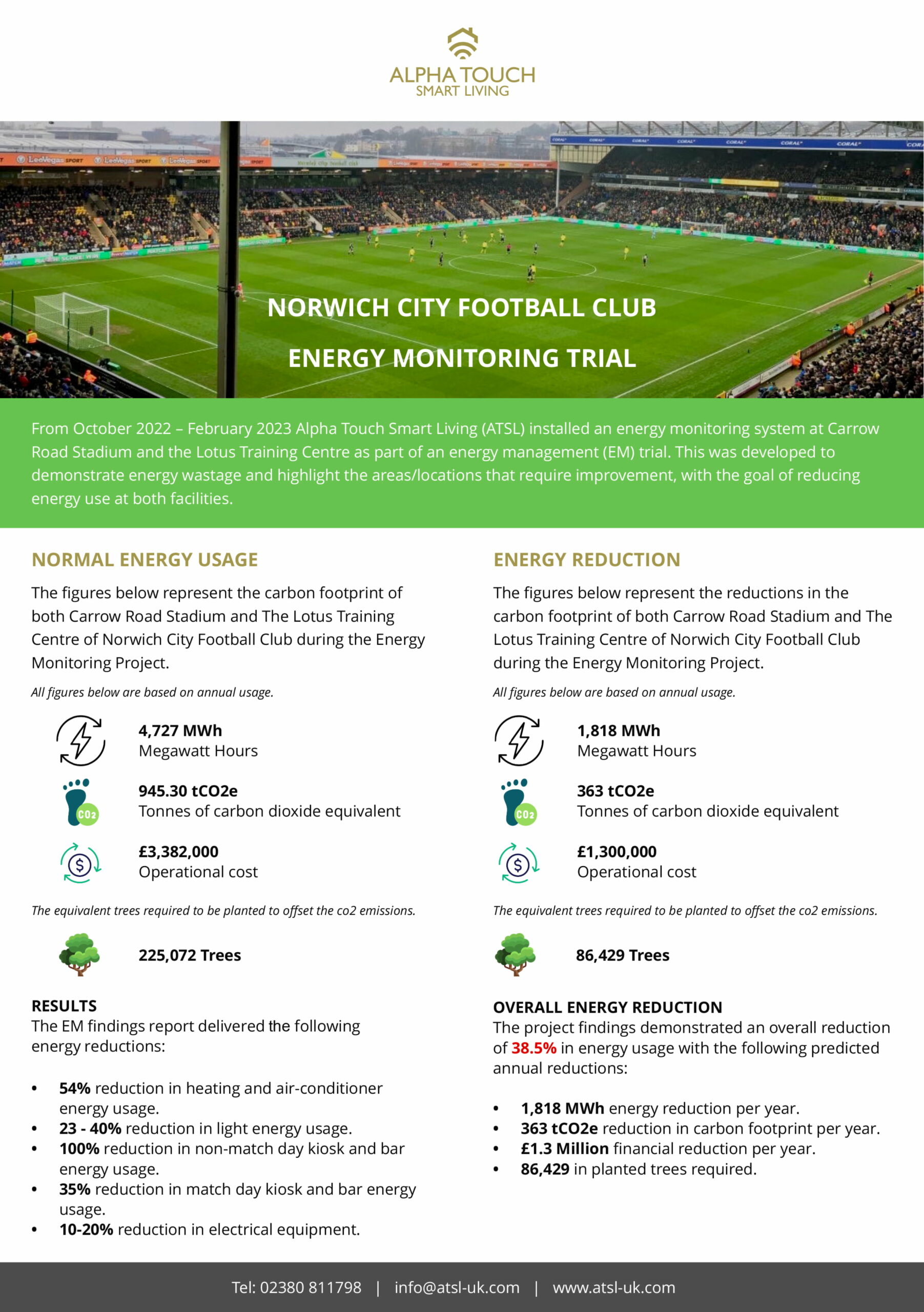
© Alpha Touch Smart Living
Interested in Loxone?
Whether you want Loxone installed or you want to start offering your customers Loxone, speak to us about making that happen.

